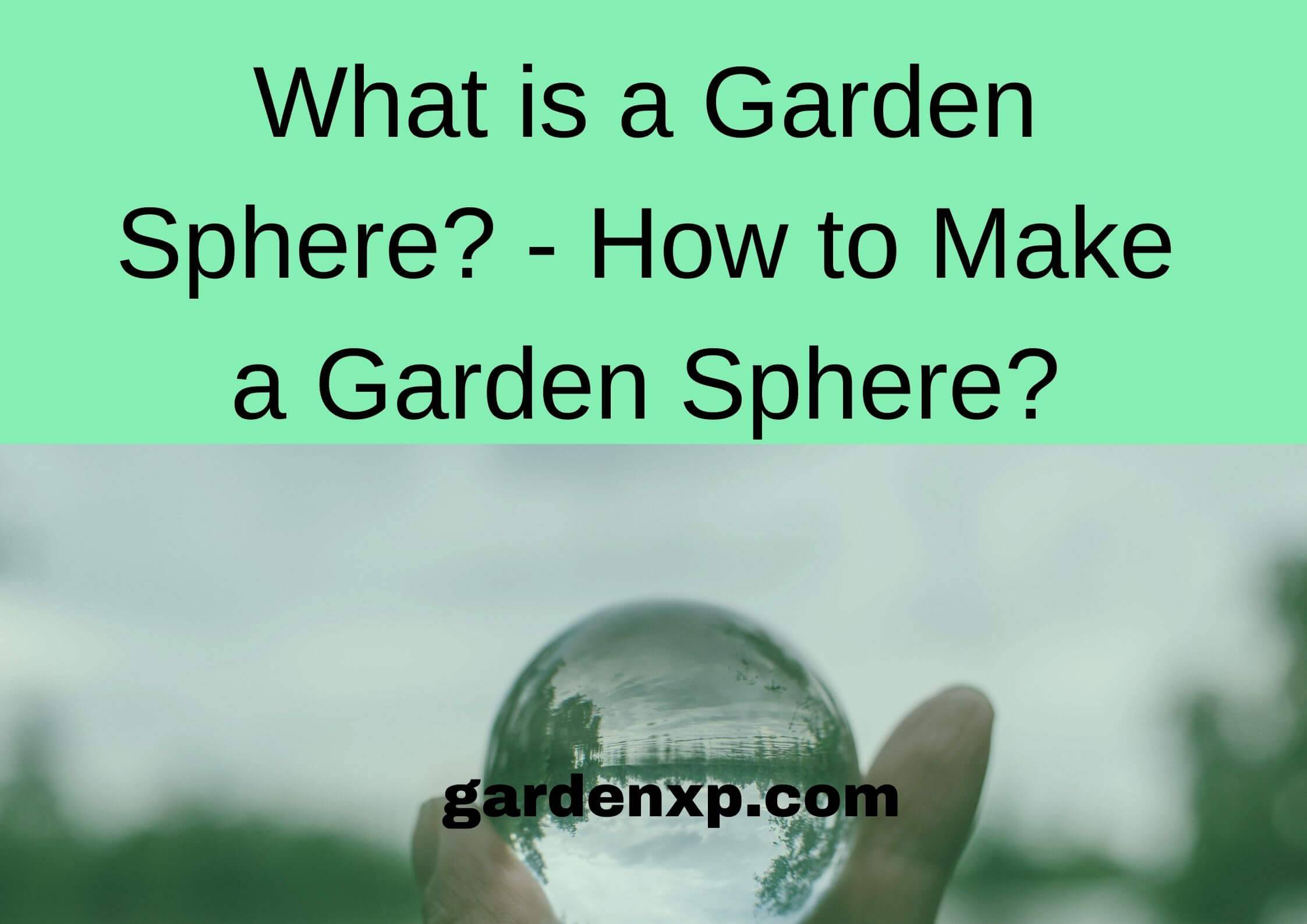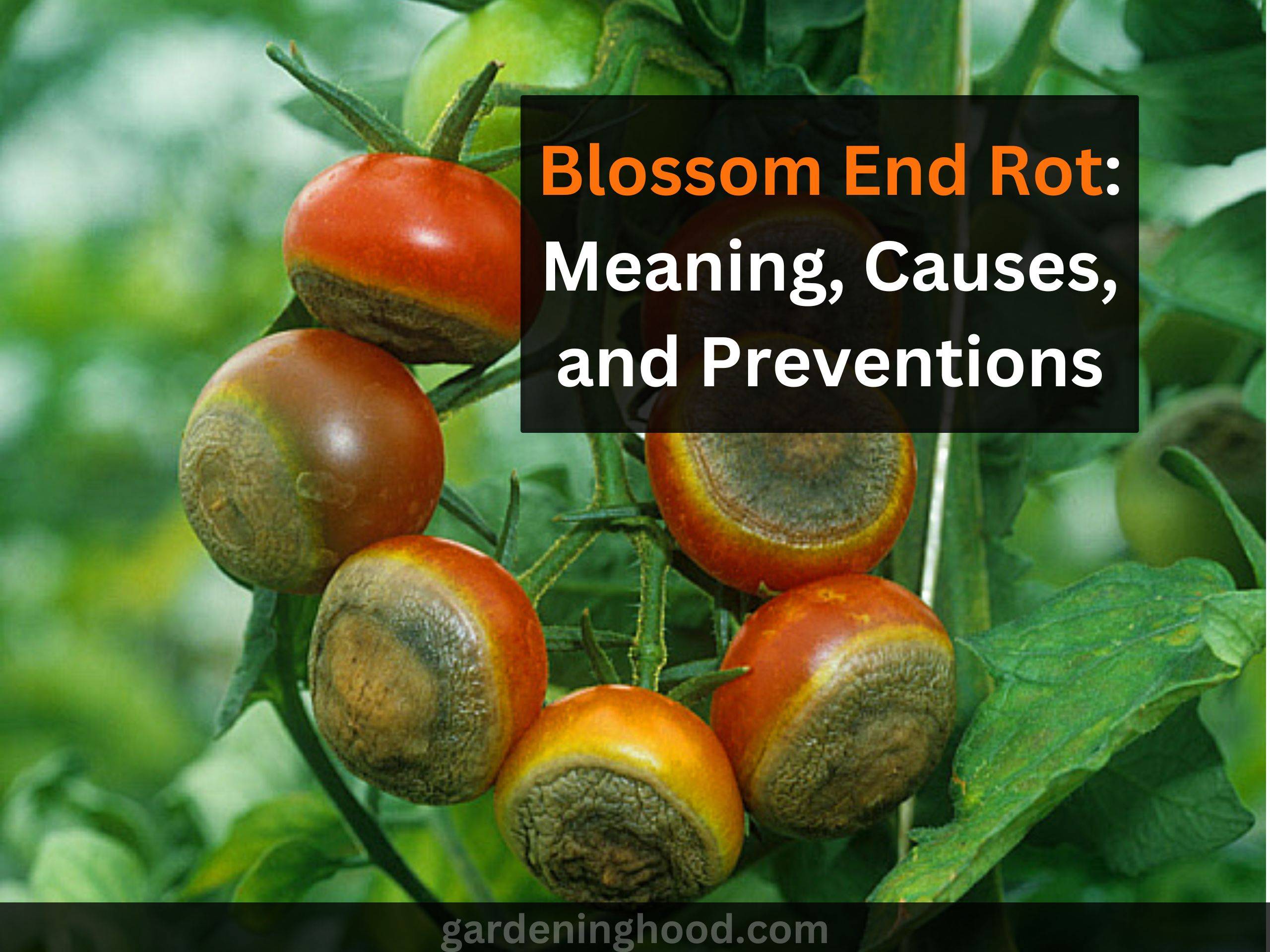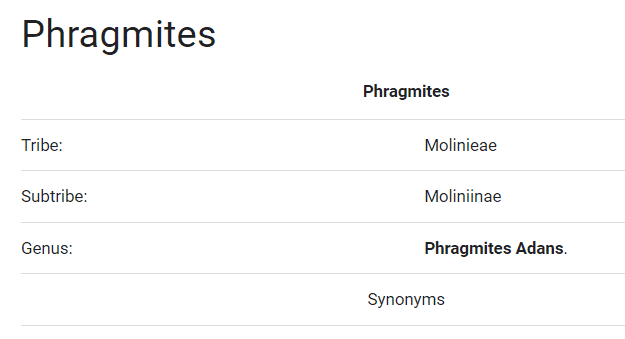Use of Pebble Tray: Ways to make Pebble Tray for Plants
During planting, it is quite hard to maintain a humidity level for growing them whether it’s just for me or you also? Especially when it comes to tropical planting because these plants do need heat and humidity for healthy growing.
Yes, I know maintaining the humidity level indoors is difficult, mainly during the winter season. But what if I tell you there is a solution? You heard it right, plant lovers, you can save plants from suffering in low humidity, which can cause yellowing or browning of leaves.
Without wasting more time, let’s learn how to save them and grow indoors.
What is a pebble tray for houseplants?
Basically, a pebble tray is a shallow dish that is filled with pebbles and water that is used to provide humidity to the plant around it or a group of plants.
In the case of keeping a pebble tray that is wide but more than the pants Foliage the result you get will be a higher humidity zone all around the plant after the water is used to evaporate.
If you are thinking of making it. For making a Pebble tray on your own, the following are some basic points you need to know.
Let’s start now to understand more about it.

Ways to make Pebble Tray for Plants?
If you are living in a home where the air around the plant is very dry then it is obvious you need a source of moisture to maintain the humidity, for example, a humidifier, daily misting, Or a pebble tray. Creating a pebble tray will help you to boost the humidity of the plant around it and that will give them the energy to grow.
On average the humidity level in the houses is between 30 to 40% but for the plantation of tropical houseplants, you need a level of 50% or higher. So using a pebble tray you can easily maintain the humidity level without any consumption of electricity and it does not require more effort just like using hand misting.

Choose a tray:
- To create a Pebble tray you need a shallow tray or saucer or I will suggest you use a terracotta plant saucer.
- It is a long rectangular tray that is charming for the house plants.
- You also have the option of using an eco-friendly and upcycle or a plastic container.
- You can also select the tray from the online method where you can get more aesthetic options.
- You just need to have a container that is at least several inches wider than the diameter of the plant pot and also needs to be 1 to 2 inches deep.
- Make sure the tray doesn’t leak because the surface of the Pebble tray needs to be clean.

Add the pebbles:
- After choosing the tray the next step is to fill the tray with pebbles.
- For choosing the Pebble you can use the gravel that you can easily find outdoors or you can just buy it from the store there you will get more colorful options.
- In case you are looking for the pebbles then you need to choose those that are similar in size and need the small that easily fits in the tray.
- Remember to wash your pebbles before using them as adding dirt to the Pebble tray will damage the plant.
- If you brought the pebbles from a store then you have many options such as pebbles, pea gravel, glass gems, bonsai gravel, polished river rocks, glass marbles, aquarium gravel, and LECA pebbles that are commonly used in hydroponics that you can use in pebbles trays also.
- These do have a natural look that will complement potted plants near the plant.

Pour water:
- After selecting the Pebble tray and the Pebble it’s time to add water to it.
- This you can simply do by filling the tray with water up to the top of the pebbles.
- Don’t over-water the tray that will cause water-logged soil and root wrought in your house plant.
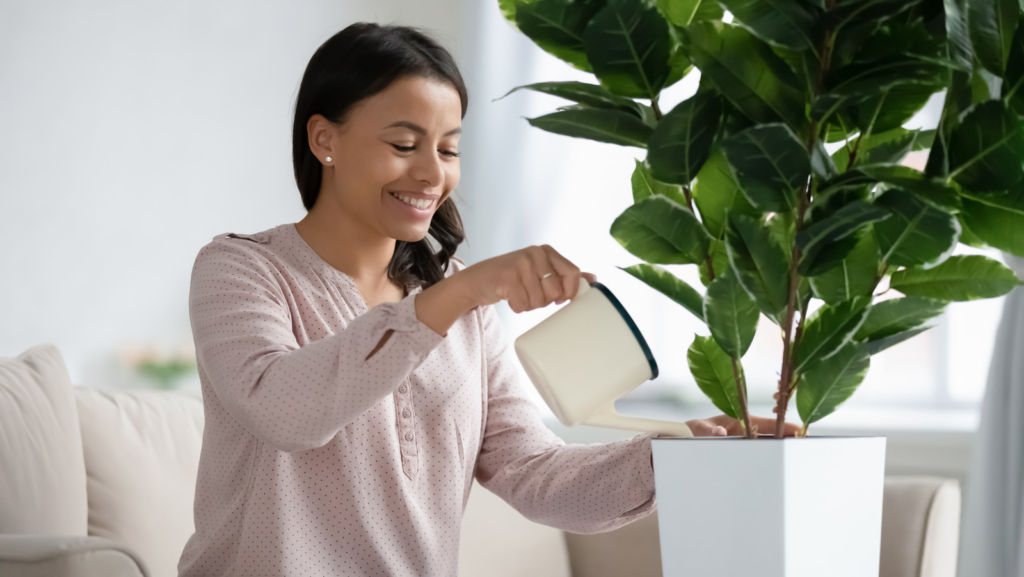
Place the plant:
- Completing the above step now it’s time to place the plant pot on the top of the pebble tray.
- Make sure the pot bottom should be slightly elevated over the water.
- In case the water quantity is more you should pour it off.
- Avoid the pot being submerged in water.

Maintaining pebble tray:
- The pebble trays don’t need much maintenance.
- You just need to remember to refill the water after the water evaporates. That can be needed maybe once a day or twice depending on the weather.
- The humidity rate does change all over the year. It’s not the same so you need to check the pebble tray and make it refill when it is dried out.
- You should wash the pebbles tray which will help in keeping away algae formation in the pebble tray.
- Remove all the dirt and clean it nicely when you are refilling the tray again.
How to Make a Pebble Tray for Houseplants to Increase Humidity?
Things to collect:
- Shallow tray
- Decorative Pebbles
- Filtered water
So, below are the steps for making a pebble tray for houseplants to increase the level of humidity in the plants:
- You have to cover the shallow tray with the pebbles about 2-3 inches.
- By spreading them equally in the flat area, you have to fill the water in the tray.
- Make use of filtered and clean water for it.
- After that, you have to put the houseplant at the center of the tray.
- Provide it with a good amount of sunlight by keeping refilling the water with time.

Signs indicating Plants need higher humidity
You can see the signs that indicate that the plants need higher humidity only if the plant is not dealing with Overwatering Or underwatering situations like:
- Having brown patches on leaf edges of tips and leaves start to dry.
- When you feel the leaves are crispy and dry.
- The leaves start splitting.
- When the plants start the situation of wilting.
- The plant’s leaves start turning yellow.
- In case the flower buds don’t grow and start dropping off.
- The flowers after blooming start to shrivel soon.
Types of Plants that Benefit from a Pebble Tray
The following are some plants that do enjoy growing in high humidity and will love to grow on pebble tray in case the environment around the plant is dry:
- Aralias
- Bromeliads
- Caladium
- Carnivorous plants, for example, Venus flytraps, sundews, pitcher plants
- Citrus plants
- Chenille plants
- Crotons
- Dracaenas
- English ivy
- Ferns
- Ficus such as fiddle leaf fig, weeping fig, rubber plant
- Fittonias (nerve plants)
- Gardenias
- Jasmine
- Mimosa pudica (sensitive plants)
- Monsteras
- Oleander
- Orchids
- Palms such as majesty palm, Kentia palm
- Plumeria
- Peperomias such as peperomia watermelon, Encana, and serpens
- Rosemary
- Tillandsia
- Zebra plant
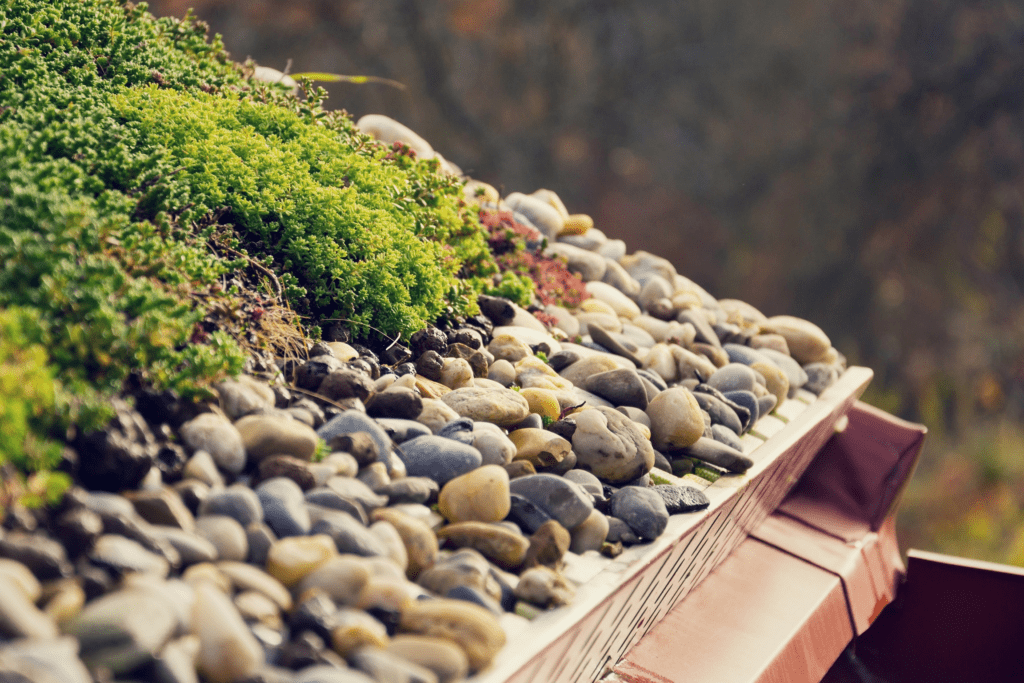
Wrapping up the context
Folks, in this guide, you come to know that Using a pebble tray is a cheaper and simpler process for Increasing the humidity of the plant around to grow. Providing the plant with a perfect amount of humidity does help the plants to grow better and make your plants have green leaves and never get crispy.
So, as you know Maintaining the humidity level indoors is quite difficult, especially in the winter season. So here in this guide have discussed easy ways to make a pebble tray and maintain the humidity of the plants easily in your home garden.
In case you have a larger house plant collection then I suggest you buy a humidifier for maintaining the indoor humidity around the plants. so, read the whole guide for its proper understanding. Till then safe Gardening.
Thanks for reading! Happy Gardening!
